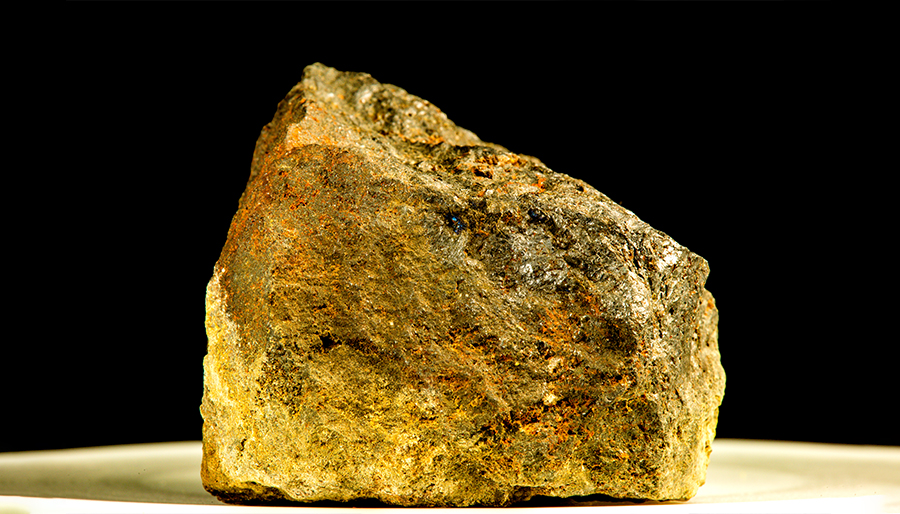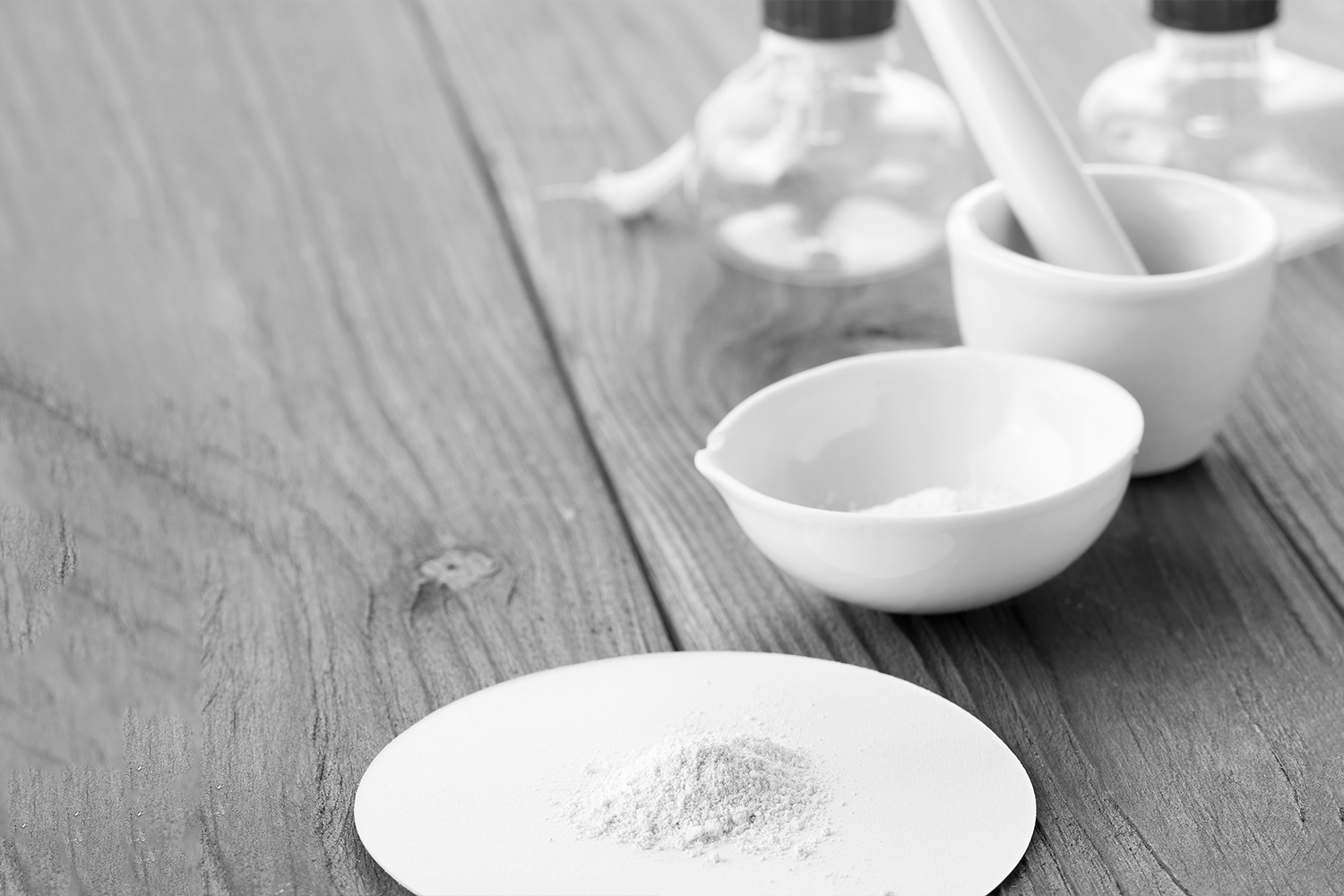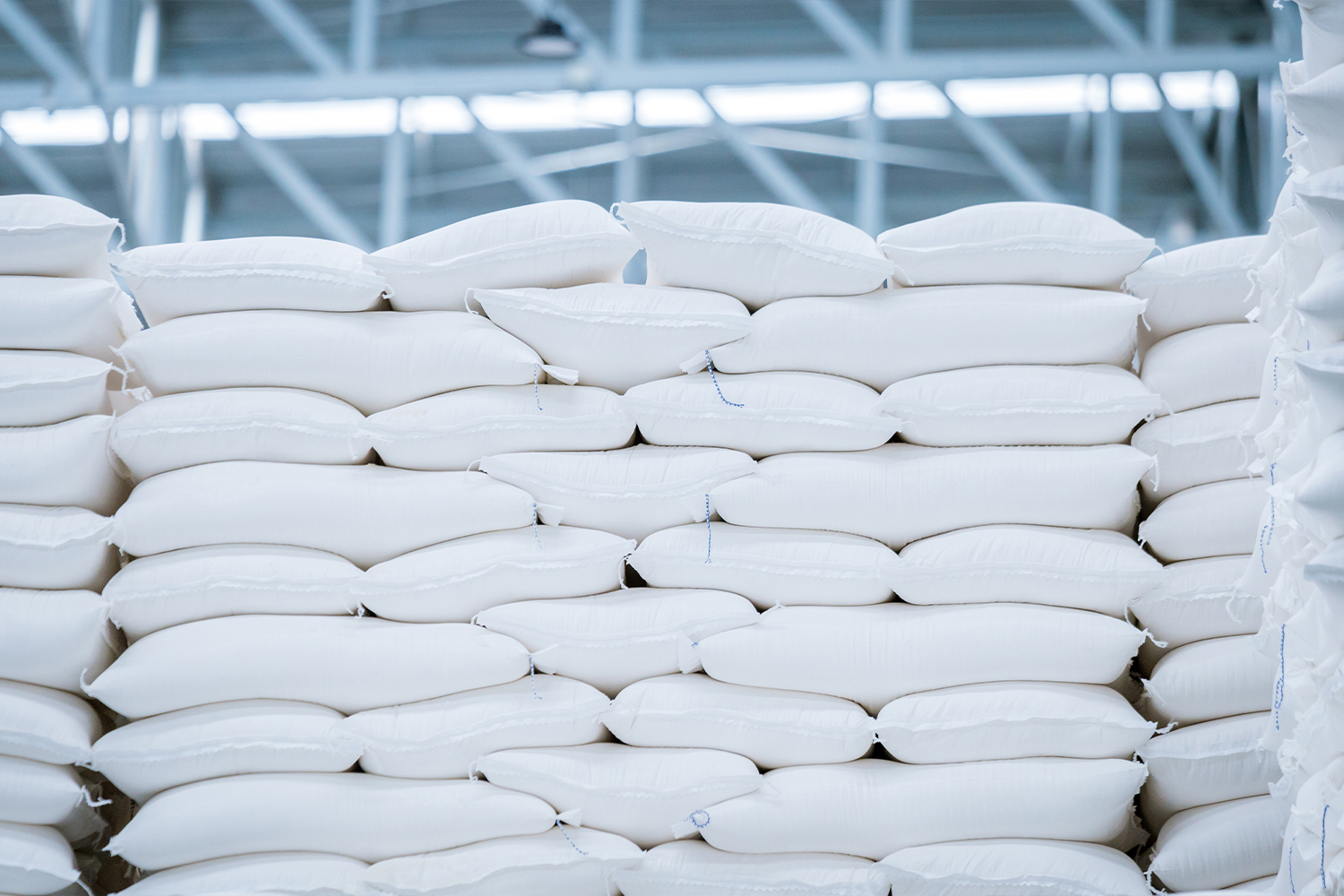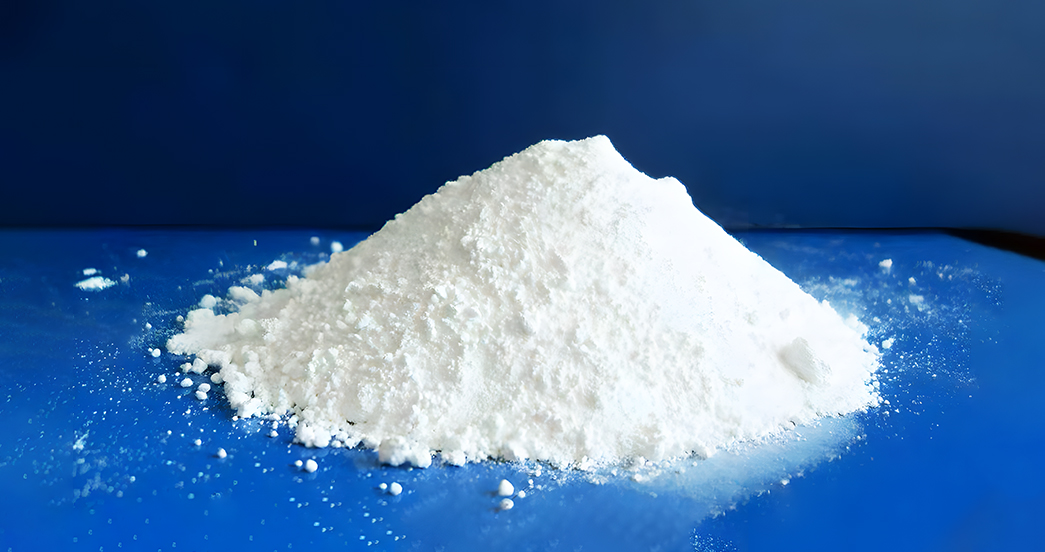
Polymer materials have a wide range of applications in all aspects of today's society, from packaging materials to aerospace engineering, and different properties of polymer materials for different purposes. The Degree of Crystallinity (DOC) is the main index that affects the properties of polymer materials, and the change of crystallinity will affect various properties of polymer materials, such as mechanical properties, thermal properties, density and optical properties. Therefore, controlling the crystallinity of polymer materials is a key factor in materials engineering.
Generally, the methods for measuring crystallinity include density method, calorimetry, NMR, IR and XRD, etc., among which X-ray diffraction method is recognized, has a clear instrument and a more widely used method, which can analyze polymer structure information more comprehensively and intuitively. The common methods used to determine the crystallinity of polymers by X-ray diffraction are mapping, regression line, Ruland and X-ray diffraction curve partial peak fitting.In addition, X-ray diffraction can also be used to analyze the polymorphism, grain size and structure of polymer materials

Soft magnetic iron oxide is an important soft magnetic material, It has a wide range of applications, covering many fields such as electronics, communications, medical, automobile, and industry. , for example, in the electronic equipment and communications industries, it is often used to manufacture components such as transformers, inductors, filters, and sensors.
The crystal structure of soft magnetic iron oxide plays an important decisive role in its performance. Analysis and research on soft magnetic iron oxide through XRD technology can reveal the microstructure and properties of the material, providing important theoretical basis for the application and performance improvement of the material.

Precious metal catalysts are a type of catalytic material that uses precious metals as active components and are used to promote chemical reactions or accelerate the rate of chemical reactions. Commonly used precious metals are platinum, palladium, rhodium, silver, ruthenium, etc., among which platinum and rhodium are the most widely used. XRD is a very effective catalyst characterization technology and has important applications in the research of precious metal catalysts. It can help researchers understand the crystal structure, phase transformation, crystallographic characteristics of the catalyst, etc., thereby revealing the performance and activity of the catalyst.

There are many isomorphous crystals of Al2O3, more than 10 of which are currently known. Different structures lead to different properties of isomorphic crystals. There are three main crystal forms used, namely α-Al2O3, β-Al2O3, and γ-Al2O3. In the performance testing of α-Al2O3, one of the more important technical indicators is the α-phase conversion rate. The α-phase conversion rate refers to the ratio of α-phase in the alumina product. At present, the α-phase conversion rate of alumina at home and abroad is measured by X-ray diffraction method.

The quality of cement mainly depends on the mineral composition and structure of the clinker. Using XRD to directly and quantitatively test the mineral phase of Portland cement clinker can further establish the relationship between strength and mineral content and improve the control level of cement quality. Accurately measuring the composition of minerals can not only provide an in-depth understanding of the impact of the properties of raw materials on clinker formation, but also determine the impact of the kiln atmosphere and heating process on the clinker formation process.
Learn more →《Application of Portable XRD Analyzer on Portland Cement-1》

There are many methods for testing asbestos. Since the environment where asbestos appears is different, the purpose of evaluation is different, and the methods chosen are also different, no single test can solve all problems. Only by combining them can the effectiveness and accuracy of detection be guaranteed. XRD, PLM, SEM, FTIR and other instruments are mainly used for qualitative and quantitative analysis of asbestos. The testing principle of X-ray diffractometer (XRD) is that each mineral has its specific X-ray diffraction data and pattern. The intensity of its diffraction peak is proportional to its content, which can be used to determine whether the sample contains certain asbestos minerals, identify the type of asbestos, and determine its content.

Since the control of the lattice type and lattice ratio in titanium dioxide has a great impact on the quality of products in downstream application fields such as coatings and plastics, the determination of information such as the crystal form and crystal ratio of titanium dioxide is of practical significance. X-ray diffractometer is one of the commonly used instruments for phase analysis of substances. Since different substances have different structures, they have different diffraction spectra. At present, the type of crystal lattice in a substance can be determined based on the characterized diffraction spectral lines of the crystal structure; the crystal form of the substance can be analyzed based on the peak intensity of the characterized diffraction peaks.
Learn more →《Application of XRD in Determination of Rutile Conversion Rate》